Abstract
Replication deficient adenovirus vectors are frequently used tools for the delivery of transgenes in vitro and in vivo. In addition, several therapeutic products based on adenovirus are under clinical development. This review outlines adenovirus vector production discussing different vector types, available production cell lines and state of the art of production process development and purification.
Keywords: Adenovirus, adenovirus vector, production, production cell lines, process development, purification, oncolytic Ad vectors, E1Ad, hAd5, E2A, DNA-binding protein, E2B (polymerase and preterminal protein, E1, E2, E3 and E4, pol, pTP, (HC-Ad) vector, human embryonic kidney (HEK) cells, keratinocytes, hepatocytes, urothelial cells, plasmid expressing, human embryonic retinoblasts, RCA, phosphoglycerate kinase (pgk) promoter, PER.C6, helper-dependent E1-positive particles (HDEPs), E1/pIX genes, N52.E6, A549 cells, 293, 911, NCL, GH329, Ac51 Ac139, SL0003, cell concentration at infection (CCI), multiplicity of infection (MOI), Cytodex-1, Cytodex-3 microcarriers, FLPe, HDAd, TOI, time of harvest (TOH), TCA cycle, Metabolic flux analysis, DO, pCO2, polysorbate-80, Pluronic-F68, plaque-forming unit (PFU), tissue culture infectious dose 50 (TCID50), EM, high performance liquid chromatography (HPLC), Adenovirus Reference Material Working Group (ARMWG), GFP-expressing AdV, Canji, Schering, Aventis, Introgen, Merck, AEX (Fractogel DEAE, AEX (Toyopearl SuperQ, immobilized metal affinity chromatography (IMAC)












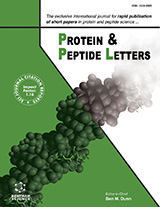
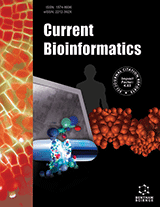
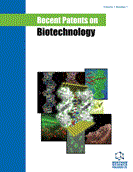
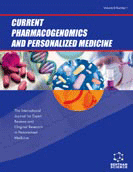
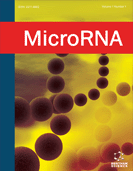
.jpeg)










